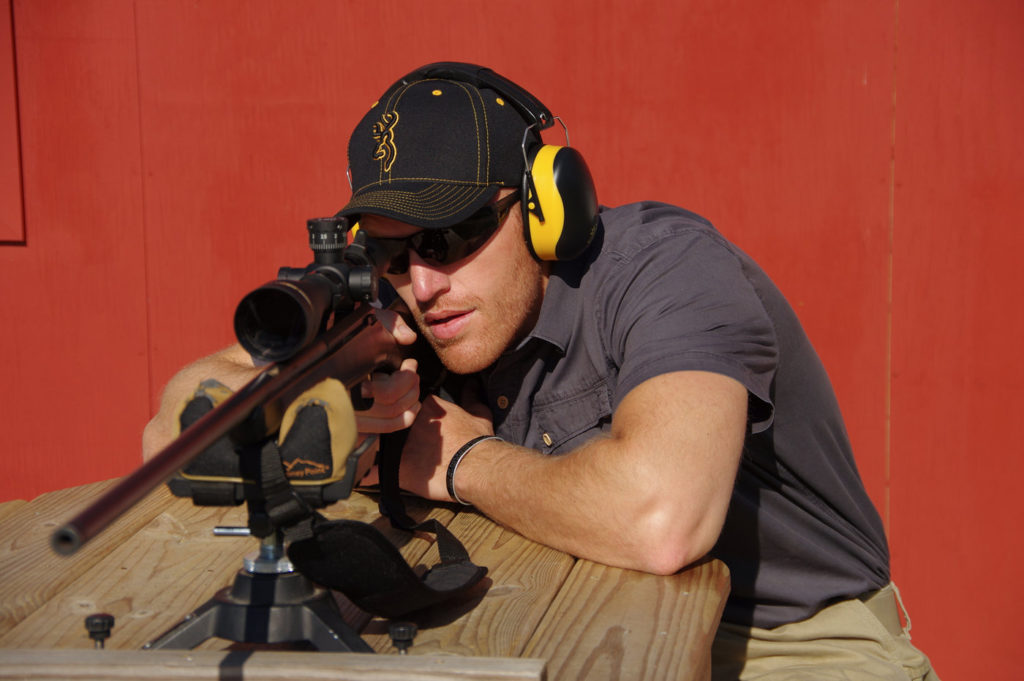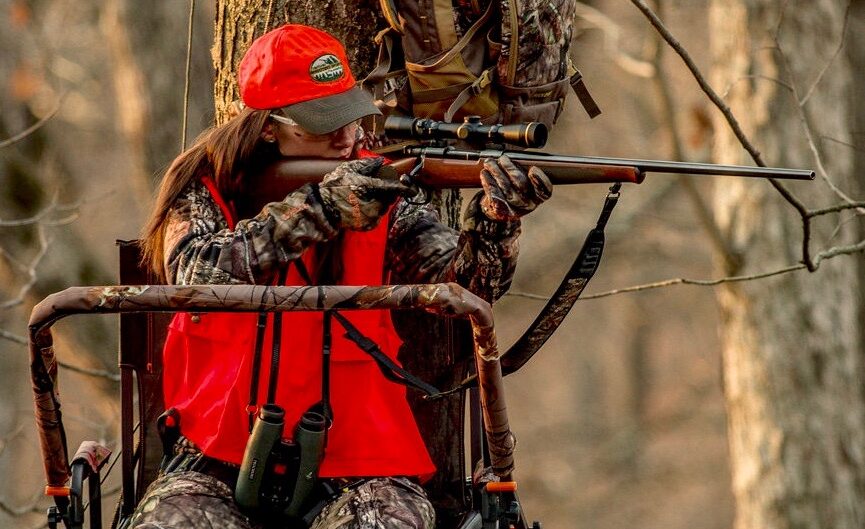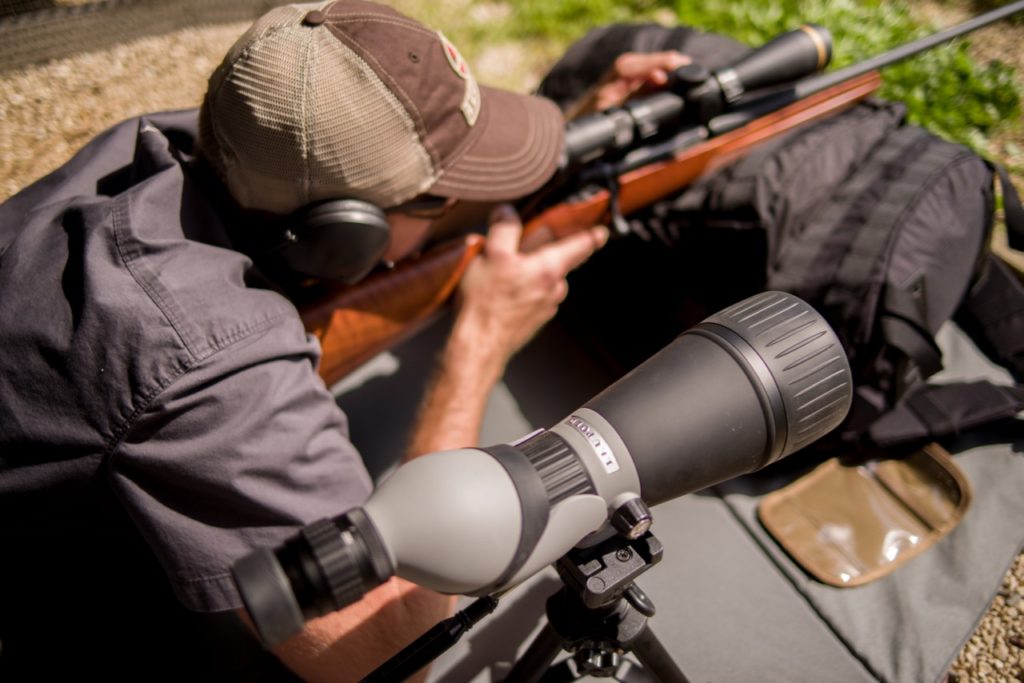RARIN' TO GO!
From getting in shape to scouting to tuning up gear, summer is the time to prepare for fall’s hunting adventures
Advertisement
#5 PRACTICE
You can do everything else right, but if you miss when you shoot, it’s all for naught. Whether you hunt with a rifle, shotgun, muzzleloader or bow, it’s important to get in significant off-season practice. Irrespective of the tool you prefer to hunt with, there’s no greater way to increase your hunting success than by becoming a more proficient shot.
Advertisement
Take advantage of the summer months to regularly get out to the range, which is something most of us don’t do often enough. With rifles, don’t just shoot from the bench—this is the time to replicate real-life shooting opportunities. Practise from the standing, sitting, kneeling and prone positions, using sticks and natural rests. Also shoot freehand.
Learn your realistic shooting limitations, too. At what distance can you consistently hit a pie plate from various shooting positions, and using an assortment of available rests? We all have maximum distances at which we’re confident of making the shot, and practice can help extend those distances. Just know your limit so you’re not tempted to shoot when you shouldn’t. There’s no shame in turning down an opportunity that’s outside your comfort zone, but there is shame in wounding an animal you shouldn’t have been shooting at in the first place.
Part and parcel of knowing your shooting limit is being able to judge the distance to your target, especially since there’s no time to use a rangefinder when opportunities are fleeting, which they often are. Becoming more adept at range estimation without the use of aids goes a long way toward growing your hunting confidence. Developing a reliable feel for the distance to your target also translates to greater shooting efficiency.
Advertisement

Well before the season starts, also be sure to sight-in your rifles at the range. Experiment with different cartridge and bullet makes, as rifles inherently shoot one brand better than another. This is particularly important if you’re struggling to find consistent accuracy with any given load. When you do land on a preferred load, take the time to learn its ballistic properties. It’s also a good idea to print out the manufacturer’s simple chart showing bullet drop over distance, and tape it to your rifle stock. In the excitement of the hunt, it can be difficult to recall data you studied in the comfort of your living room.
Bird hunters should also get in as much range time as possible. If I had to choose, in fact, I’d suggest it’s more important for shotgunners to practise than it is for rifle hunters. Shotgunning is much like golfing—consistency of form is all-important, and repetition is the only way to develop the muscle memory you need to become proficient.
To practise shooting targets at varying distances and angles, sporting clays offer the best option for off-season development. While trap and skeet provide great practise for mounting and swinging your shotgun, the angles and speeds are limited. A hand thrower or inexpensive portable trap, however, can provide an unending range of distances and angles.
Summer is also the perfect time to pattern your shotgun, a task that 99 per cent of bird hunters ignore, but shouldn’t. As with rifle ammunition, not all shotshells will shoot the same through your smoothbore. Experiment to discover what combinations of shells and chokes provide the best patterns at the distances you expect to be shooting.
Many of us are prone to procrastination—it’s understandable when a much-reviled chore is staring you in the face. But this isn’t like putting off a trip to the dentist. Getting your gear, and yourself, ready for the fall should be seen as another way to make hunting a part of your lifestyle throughout the year. And what could be more fun and rewarding than that?


